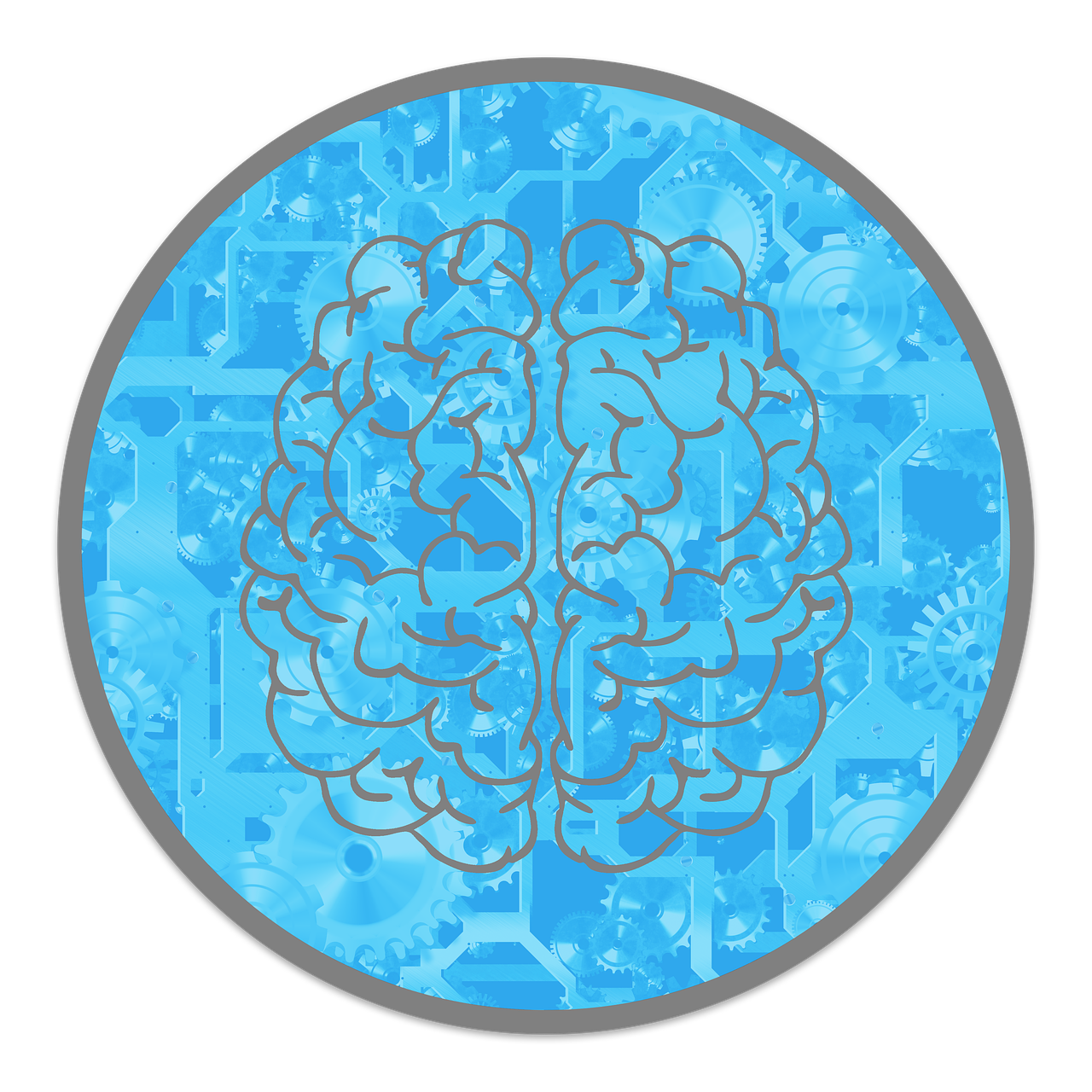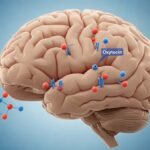
Ever wondered why you react the way you do in relationships?
Whether you pull away, cling too much, or trust easily, it all traces back to your childhood.
Your early experiences shape how you connect, trust, and show love as an adult.
Understanding this link can totally change how you approach relationships—it’s like breaking free from a bad rom-com plot and writing your own happy ending.
In this article, we’ll explore how childhood shapes your relationship style, break down the different attachment styles, and give you some tips to heal and grow.
Let’s get you on the path to better connections and emotional freedom!
Why Childhood Experiences Matter
Childhood is a critical time for emotional development.
During these years, our brains are like sponges, soaking up information and forming emotional templates based on how we interact with our caregivers.
Research from The Annual Review of Psychology (2017) shows that these early caregiver relationships play a huge role in shaping our emotional lives and future relationships.
Here’s how childhood shapes adult relationships:
- Trust or mistrust: Early experiences lay the foundation for how much we trust others—or struggle to do so.
- Emotional expression: Childhood teaches us how to express and manage our emotions, setting the stage for emotional health as adults.
- Love and support: The way love and support were given to us growing up becomes the blueprint for how we expect it in adulthood.
- Conflict resolution: How our caregivers handled disagreements shows us how to manage conflict later on.
In short, childhood essentially drafts the roadmap for how we connect and navigate intimacy in adulthood.
It’s like creating the emotional software that runs our relationship programs for years to come.
Attachment Theory: The Framework That Explains It All
Attachment theory, pioneered by psychologist John Bowlby in the 1950s, suggests that early bonds with caregivers shape our “attachment style”—the way we relate to others throughout life.
There are four primary attachment styles:
Secure attachment
Formed when: Caregivers are consistently responsive and nurturing.
Traits in adulthood:
- Comfortable with intimacy and independence
- Trusting, empathetic, and emotionally available
- Healthy conflict resolution skills
Anxious (preoccupied) attachment
Formed when: Caregivers are inconsistent—sometimes supportive, sometimes neglectful.
Traits in adulthood:
- Fear of abandonment
- High need for reassurance
- Tendency to become clingy or overly dependent
Avoidant (dismissive) attachment
Formed when: Caregivers are emotionally distant or rejecting.
Traits in adulthood:
- Difficulty trusting others
- Preference for emotional distance
- Discomfort with intimacy
Disorganized (Fearful-Avoidant) Attachment
Formed when: Caregivers are abusive, frightening, or highly inconsistent.
Traits in adulthood:
- Fluctuations between craving closeness and pushing people away
- Deep fear of rejection
- Struggles with emotional regulation

How Specific Childhood Experiences Impact Relationships
Our childhood experiences can leave a lasting imprint on how we navigate relationships as adults.
Let’s break down how specific early experiences affect our ability to connect emotionally and build trust in relationships:
Emotional neglect
Impact
If you grew up with emotional neglect, you may struggle with vulnerability and intimacy in relationships.
Signs
You might have trouble identifying or expressing your emotions, feel disconnected or “numb” in relationships, or fear that you’re burdening others with your needs.
It’s like trying to navigate a relationship with a broken GPS—you’re not sure where to go, and you keep feeling lost.
Overprotection
Impact
Being overly sheltered as a child can make you more dependent on your partner and fearful of doing things on your own.
Signs
You might find it tough to make decisions without your partner’s input, feel anxious about doing solo activities, or constantly worry about abandonment.
It’s like having training wheels on your emotional bike—you’re not sure how to ride without them.
Trauma or abuse
Impact
Childhood trauma or abuse can severely impact your ability to trust and feel safe in relationships.
These experiences often lead to fear, hypervigilance, or shutting down emotionally.
Signs
You may have trust issues, experience emotional rollercoasters, or even self-sabotage your relationships.
It’s like walking around with emotional armor—always prepared for battle, but never truly able to relax and let your guard down.
Consistent Love and Support
Impact
If you had a stable, loving childhood, you’re likely to develop a secure attachment style, which leads to healthier, more resilient relationships as an adult.
Signs
You’re comfortable with giving and receiving love, handle conflict constructively, and bounce back emotionally from challenges.
Think of this as the emotional equivalent of having a strong foundation—you can weather storms without crumbling.

How to Heal Childhood Wounds and Build Better Relationships
The great news is that your past doesn’t have to control your future.
With some awareness and effort, you can heal those childhood wounds and build stronger, healthier relationships.
Ready to level up your emotional game? Here’s how:
Identify your attachment style
The first step in healing is understanding your attachment tendencies.
Take a reputable quiz or work with a therapist who specializes in attachment theory.
Think of it like finding the manual to your emotional software—once you know your attachment style, you can upgrade your relationship settings.
Seek therapy or counseling
Therapists are like relationship GPS systems—they can help you navigate through past wounds, learn emotional regulation, and create new, healthier relationship habits.
Some therapies to consider:
- Attachment-based therapy: Focuses on healing attachment wounds.
- Cognitive Behavioral Therapy (CBT): Helps you challenge negative thoughts and patterns.
- EMDR (Eye Movement Desensitization and Reprocessing): A game-changer for trauma.
A therapist can guide you in rewriting your emotional story—kind of like getting a relationship reboot.
Practice self-compassion
Healing doesn’t happen overnight, and it’s crucial to treat yourself with the same kindness you’d offer a friend.
Replace self-criticism with compassion. Healing is a journey, not a race!
Some tips for self-compassion:
- Acknowledge your feelings without judgment (hey, we’re all human).
- Celebrate the small wins—progress is progress, no matter how tiny.
- Be your own best friend. Talk to yourself the way you’d talk to someone you care about.
Foster secure relationship habits
Even if you didn’t grow up with perfect emotional blueprints, you can still learn how to create secure bonds in your adult relationships.
Here’s how:
- Communicate openly and honestly—no more guessing games.
- Express your needs without fear—everyone deserves to be heard.
- Set healthy boundaries—your energy is valuable, so protect it.
- Be reliable and consistent—let people know they can count on you.
Think of these habits like building a solid foundation for your emotional house. You don’t need to start from scratch; you just need to lay down the right bricks.
Choose partners wisely
Surround yourself with people who respect your emotional boundaries and uplift you.
Healthy, secure partners help reinforce your growth and emotional security.
It’s like assembling your dream team of emotional support—choose wisely, and you’ll build a much stronger foundation together.
The Role of Parenting in Breaking the Cycle
If you’re a parent, understanding your own attachment history can be a game-changer in raising emotionally healthy kids.
The way you were raised impacts how you parent, but the good news is—you have the power to break the cycle and set a new course for your child’s emotional future.
Here are some key parenting practices to help:
Be consistently responsive to your child’s emotional needs
Children need to feel heard and supported.
When you’re consistently present and responsive to their emotions, you help them develop trust and security.
Think of it as being their emotional GPS—guiding them with steady support and understanding.
Model healthy emotional expression and conflict resolution
Show your child how to handle feelings and resolve conflicts in healthy ways.
When you model calm, open communication and effective problem-solving, you’re teaching them the tools they’ll use in their own relationships.
It’s like showing them the “how-to” for emotional maturity.
Foster a safe and predictable environment
A stable, predictable environment is key to helping children feel secure.
Kids thrive when they know they can count on their caregivers.
It’s like creating a safe emotional space where they can grow without fear of unpredictability or emotional chaos.
Encourage independence while offering reliable support
Give your child the freedom to explore and make decisions, but always be there with the safety net of your support.
This balance helps them feel confident and emotionally secure.
Think of it as giving them wings to fly, but with a steady hand ready to catch them if they fall.

Final Thoughts
Your childhood definitely leaves a mark on your adult relationships, but it doesn’t have to control your future.
With a little self-awareness, a dash of compassion, and maybe some therapy, you can totally rewrite your emotional script.
Whether you’re after stronger friendships, a healthier love life, or closer family ties, understanding your past is the first step to building the future you want.
It’s like being the director of your own emotional movie—one where you get to call the shots.
Healing is possible, and it starts with you.
So, grab that metaphorical pen and start writing your own emotional comeback story!



